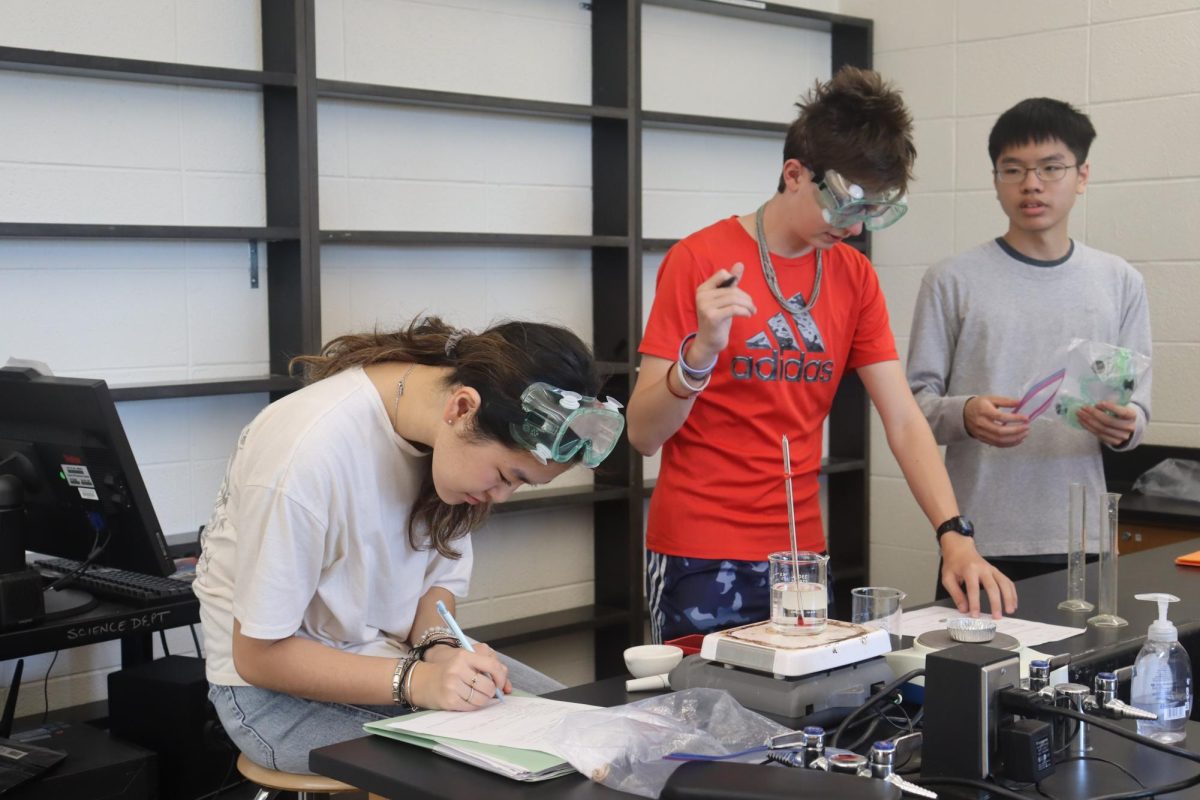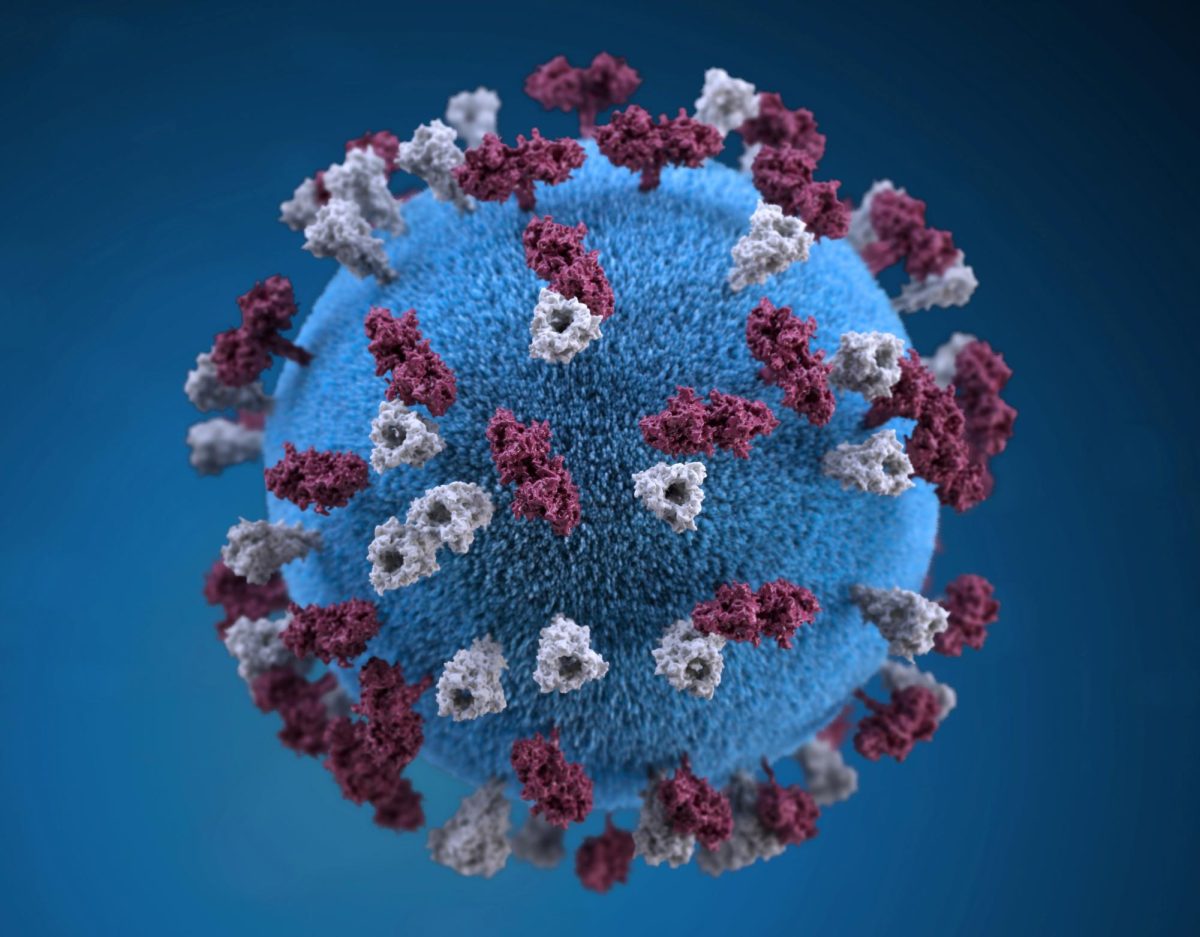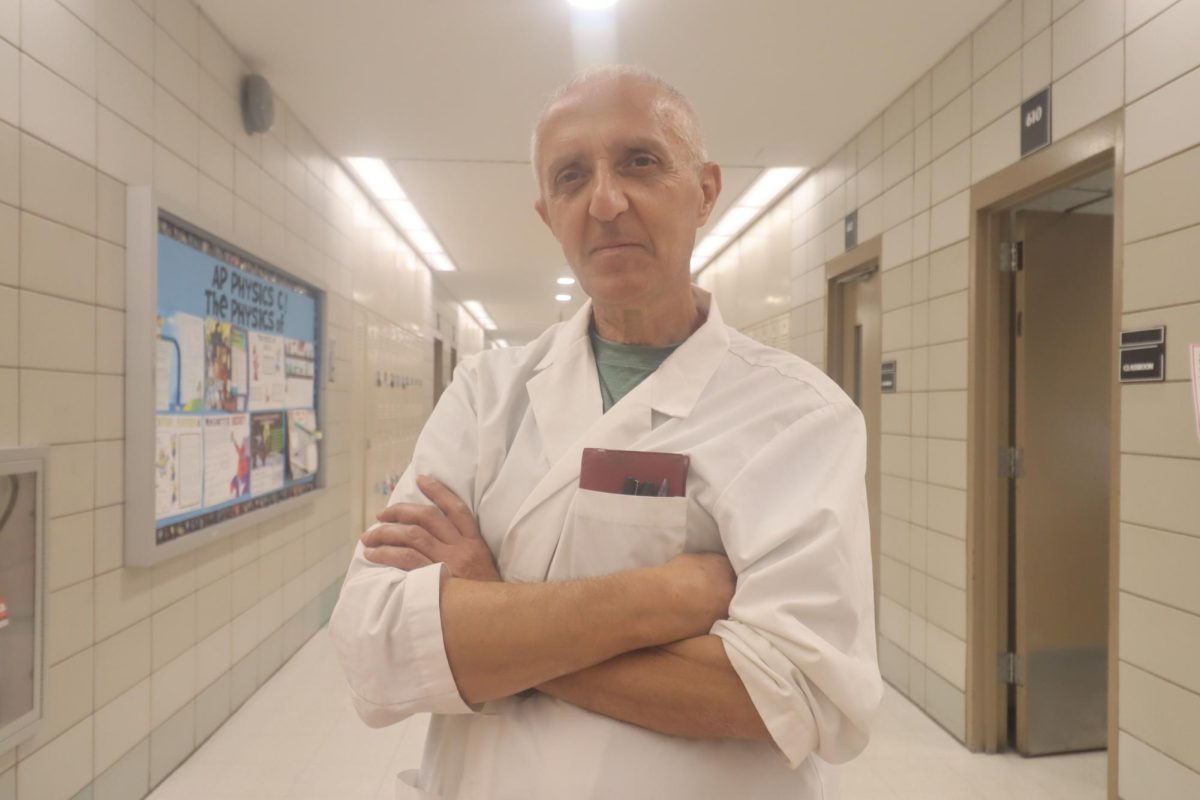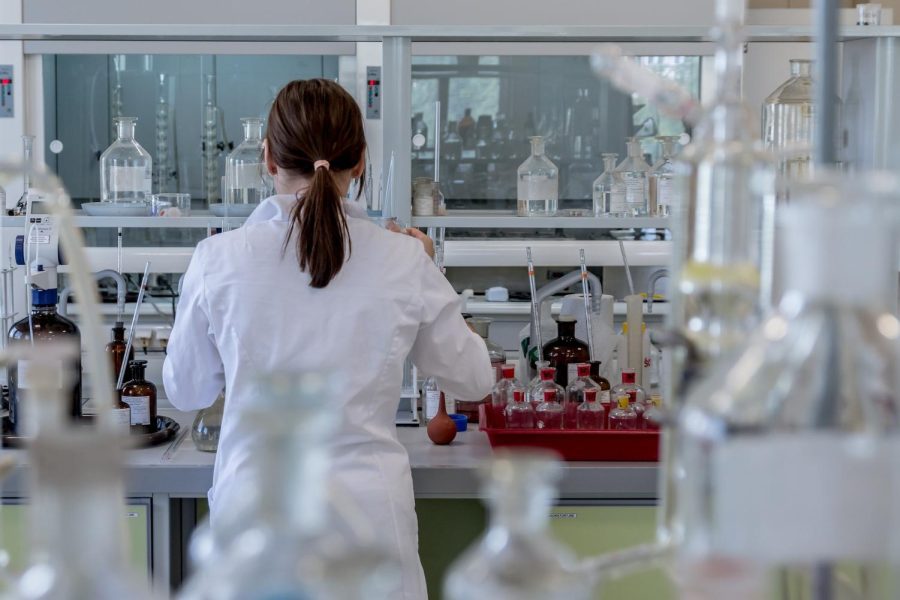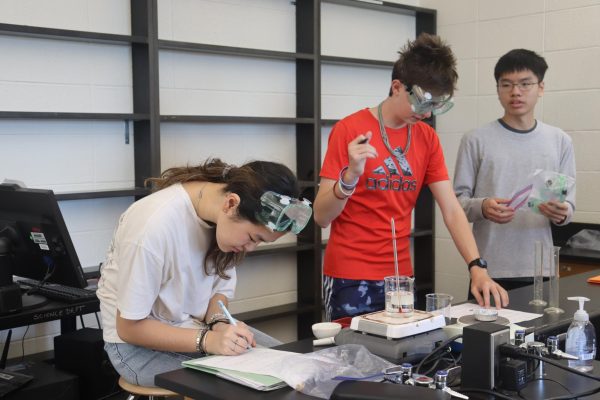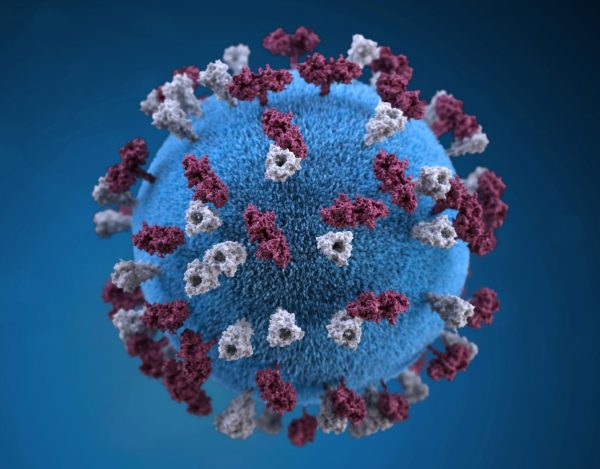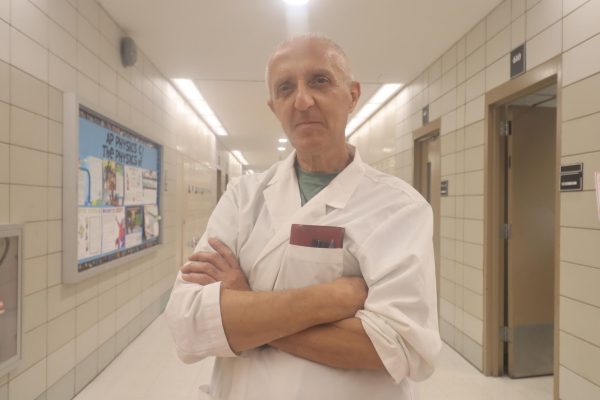Lab-grown meat gets its first approval in the US

Back in 2013, the first lab-grown hamburger was introduced to the world at a scientific press conference in London. Three taste-testers shared the one patty, the accumulation of a two-year, $325,000 project conducted by researchers from Maastricht University. Though it was far from perfect, the participants agreed that its overall taste and texture was that of genuine meat; proof that lab-grown meat could one day provide a more sustainable, cruelty-free alternative to conventional meat. Soon, numerous start-ups were racing to develop more affordable methods that would yield tastier results.
Now, nearly a decade later, they have almost reached the finish line. On November 16th, the US Food and Drug Administration (FDA) gave their safety stamp of approval to a lab-grown meat product for the first time. Before it reaches the general public, a grant of inspection from the United States Department of Agriculture Food Safety and Inspection Service (USDA-FSIS) is required to approve the manufacturing facility, and the food will have to undergo a mark of inspection. These two steps should be completed much quicker than the first.
The company from which the product was approved is Upside Foods, which specializes in cultivating chicken meat. Like all lab-grown meat, their products are created through the use of animal cell culture technology, which involves taking cells from an animal and growing them in a controlled environment.
According to their official website, Upside Foods collects its primary cells from either a chicken or fertilized egg. They then select the most ideal specimens for their commercial cell line, in a process called immortalization. This procedure, as its name suggests, immortalizes the cells, allowing the company to reuse them for years. Next, they use their own proprietary cell-culture medium, or cell feed, to grow fat and muscle tissue from the cell samples. Cell feed is similar to a cell-sized version of a human meal, consisting of basic compounds such as amino acids, fatty acids, sugars, trace elements, salts, and vitamins. The cells and cell feed will be placed together into a series of cultivators, which will maintain the proper conditions for the cells to multiply. In only three weeks, the cells have become enough meat for packaging and sale.
Generally, consumers are looking forward to having access to a more sustainable and humane form of meat. “I would definitely try lab grown meat since I’m aware of the environmental impact that raising animals for food has on the environment. I’d like to still consume meat without these negative side effects, so lab grown meat would be a great alternative,” said science teacher Sarah Loew. “From a safety standpoint, since it doesn’t involve animals that can spread diseases, people might catch foodborne illnesses less frequently.”
In the US, meat consumption per-capita has continuously grown since the 1960s, going from an annual average of 150 lbs to 207 lbs in 2021. Unfortunately, raising livestock presents several problems.
Currently, the livestock industry is responsible for 15% to 24% of global greenhouse gas emissions— a statistic that will likely worsen as human populations increase. Ruminant animals, which are hoofed grazing mammals, make up a lot of that number. For example, one cow belches 154 to 264 pounds of methane a year, a greenhouse gas with 80 times the warming power of carbon dioxide. If all cows were raised naturally, on small-scale, family-owned farms, this wouldn’t be an issue; however, 70.4% of US cattle live on overcrowded factory farms, resulting in detrimental amounts of methane release.
This has also become an ethical concern, as 99% of all farmed animals live on factory farms that subject their livestock to inhumane conditions, such as intensive confinement, mutilation, and forced breeding. This environment puts the consumer at risk, as well; mismanaged waste and the close proximity of the animals increases the likelihood of them developing various diseases and sharing bacteria. This may result in foodborne illnesses, such as salmonella.
Additionally, it requires vast amounts of land, making it a major contributor to deforestation, biodiversity loss, and water pollution. As of 2018, 41% of US land was dedicated to raising livestock.
According to an analysis performed by Oxford University and the University of Amsterdam, lab-grown meat could be produced with 96% lower greenhouse gas emissions, 45% less energy, 99% lower land use, and 96% lower water use than conventional meat. It would also prevent animal cruelty and significantly reduce the risk of getting any foodborne illnesses due to the elimination of overcrowding livestock.
Even with the FDA’s approval, however, a majority of consumers will likely remain reluctant to try cell-cultivated meat, which many perceive as unnatural or skeptical. “I would prefer to eat regular meat because I can’t trust meat that’s grown in a lab,” said sophomore Ava Pusing.
The expense remains the final obstacle. According to Forbes, a burger will likely cost $9.80, a mark up from a regular burger but a substantial drop from $325,000. As technology improves, producers hope to be able to drop the price further. “ I would eat lab grown meat just to try it,” said Junior Amy Jiang. “If it costs more I might not eat it as frequently as regular meat, but I think it could be prominent in the future because it’s a more environmentally friendly meat option.”
Your donation will support the student journalists of The Classic. Your contribution will allow us to purchase equipment, support our extracurricular events, celebrate our staff, print the paper periodically, and cover our annual website hosting costs.

Carolina is a senior at Townsend Harris High School. She really likes The Classic, especially her beloved department, Sci & Tech. She really loves...






















